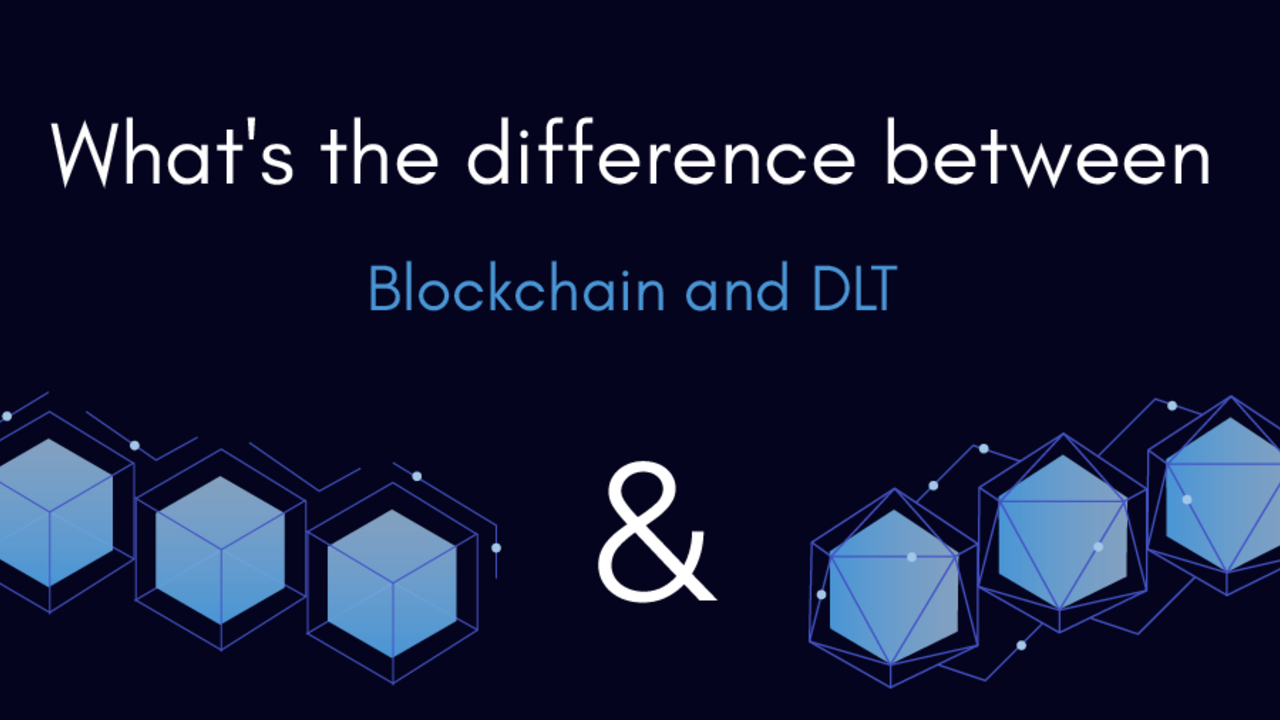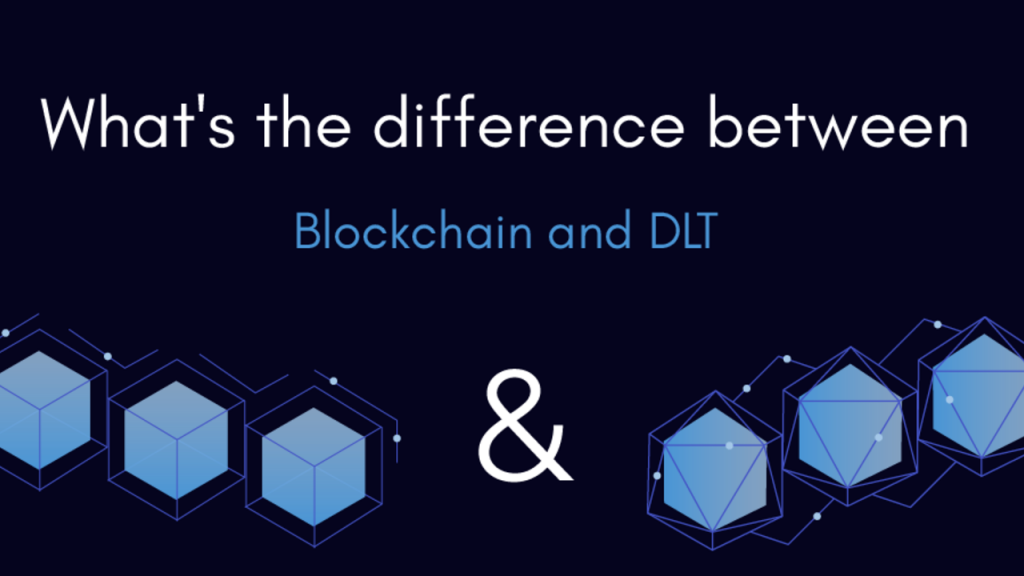
DLT, which is short for ”distributed ledger technology”, and blockchain are two similar terms. Their similarities make them confusing to separate, and in some cases, some are using them as synonyms. Although they are similar in a lot of ways and share features, they are still not exactly the same.
In essence, blockchain is a kind of distributed ledger technology, or DLT, which might explain why people are confusing the two terms with one another. This means that DLT is the umbrella expression that blockchain falls under. This means that the term blockchain was coined after distributed ledger technology. Nonetheless, the more familiar word is that of blockchain. This is one of those instances when the name of a “product”, much like rollerblades, yo-yo or aspirin, takes over and becomes the word for a whole phenomenon. In this case, blockchain is always one kind of DLT, but all DLTs are not always blockchains.
The word blockchain is also trendy to use by a lot of businesses since it sounds cool and exciting. The term blockchain is popular since it will attract a lot of investors and inspire confidence in future partners. This has proven to have been a short-term benefit however, since it now confuses the uninitiated. Moreover, this has created a branding problem where the difficulty of distinguishing blockchain and DLT from one another originates. Since it is hard to separate the two, we are trying to explain the fundamental differences between blockchain and distributed ledger technology in hopes of giving you a better picture.
What is DLT and what is blockchain?
Both DLT and blockchain have the same goals and are generally share the same principles. A critical aspect of both technologies is that they both allow for a record of information that anyone in the network can access. This, in turn, results that both DLT and blockchain feature more openness and transparency than previous systems.
In some ways, this makes both DLTs and blockchain more superior to their earlier counterparts that were based on centralized databases or digital records. But even though they share these similarities, this is basically it.
Some claim that the distributed ledger technology is more suited for everyday commercial use but saying that blockchain is a more innovative technology.
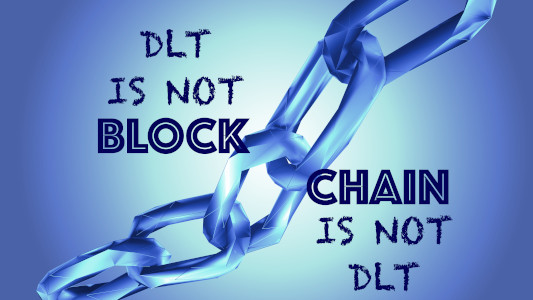
Blockchain is simply explained as a technology that allows everyone connected and involved in a transaction to confirm what has happened. They are also able to confirm when a transaction takes place and confirm with the other parties that they are experiencing the same thing. And due to a blockchain, all this is possible without an intermediary that needs to give assurances that the transaction actually takes place.
DLT, on the other hand, uses a database that is decentralized and managed by multiple members across several nodes. In some ways, this is quite similar to what a blockchain is, and that might not be so strange since blockchain is a form of DLT. Blockchain is, therefore, just a distributed ledger system with some specific features.
Every transaction within a blockchain carries a cryptographic signature in which people are calling a hash. These transactions are then grouped together and create a new block — hence the name. These blocks are in connection with each other since each block contains the hash of the previous one.
What is the difference between DLT and blockchain?
First and foremost, blockchains are generally fully public and allows anyone to view the history of transactions. Since blockchains are open to the general public, one main feature is that they are permissionless. This basically means that no matter who you are, you can participate.
The openness of blockchain means the following; anyone can participate in using the blockchain, anyone can become a validating node in the system, and anyone that is a node can be part of the governance system within the chain. This means that blockchains, in general, are highly decentralized and are built on fundamental democratic principles.
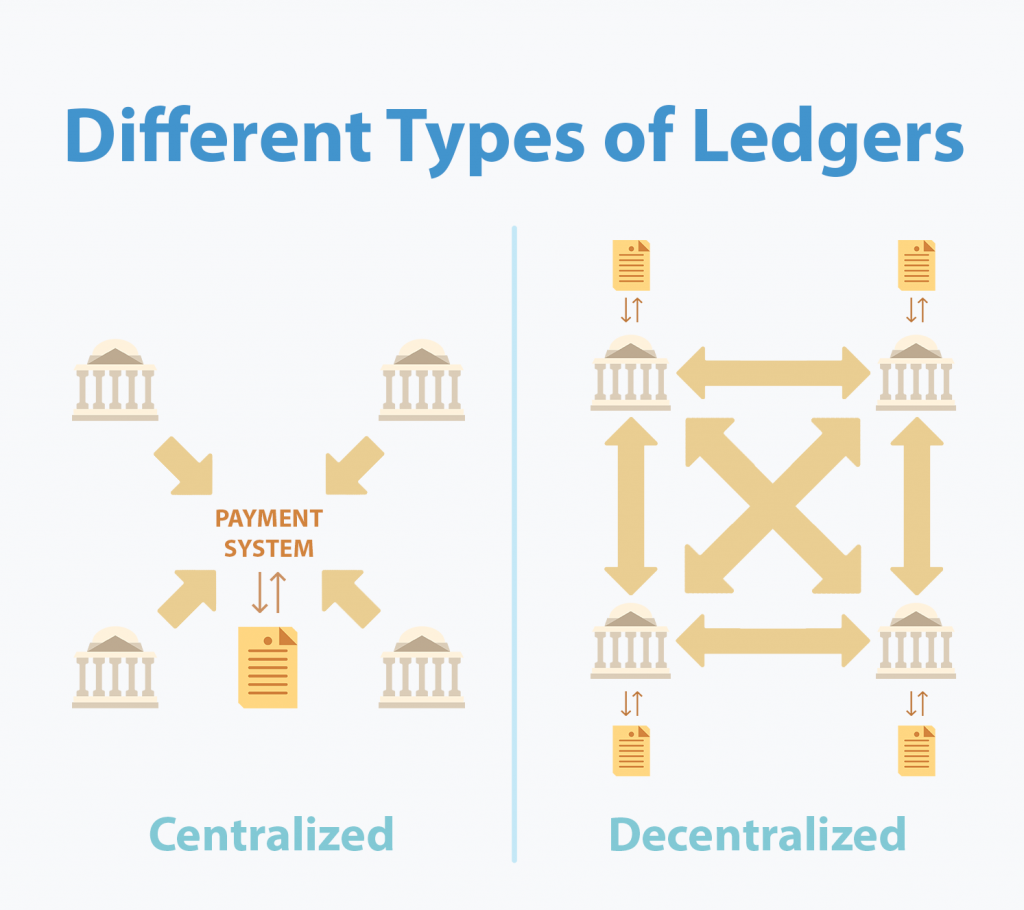
In contrast to the public nature of a blockchain, distributed ledger technology is more centralized but still decentralized. A DLT is instead a permission technology that does not allow anyone to become a node. They are also in control by a centralized power that can be, for example, a company or organization. The public features of a blockchain give it the purpose of serving the public. A DLT, on the other hand, has the purpose of serving the interest of a specific group.
The second key difference between the two technologies is that a blockchain is built up by different blocks that represent the state of the blockchain at the moment the block is formed. In order for the block to form and create a new entry in the chain, the majority of the network must confirm the transaction. This validation is a” cryptographically validation” and this is the reason behind the security that a blockchain provides.
DLT does not require cryptographic validation, but it does not mean that they need to exclude them. This means that some DLTs have it; meanwhile, some DLT does not require a majority validation of a transaction.
Benefits of Blockchain
One of the main benefits of a blockchain is the fact that there is a clear record of any transaction within a system. This log of information is also impossible to falsify since the cryptographic validation is acting as a failsafe. And in this log, information about everything from money transactions to shareholder records is available at all times.
The digital nature of this technology also minimizes the analog work needed when completing a transaction. This will result in less paperwork and bureaucratic processes, which are time-consuming as well as boring to deal with.

A blockchain will also create a clear trail of every transaction or important event. Since we can trace every transaction that has ever been made, this is a great tool for financial audits. Since the data is stored in a place where no single person or entity can control the information and not tamper with, it provides a layer of security. This also minimizes the problem of human error as well as makes it harder for someone to commit fraud.
Benefits of Distributed Ledger Technology (DLT)
DLT gives full control to the users and allows them to access the information provided by the system. Meanwhile, the technology promotes transparency so that no one is taking advantage of the control that they possess. DLT can drastically improve the transaction time and can be a big money saver for companies since they are super-efficient. DLT can also help with automation as well as increase efficiency in an office.
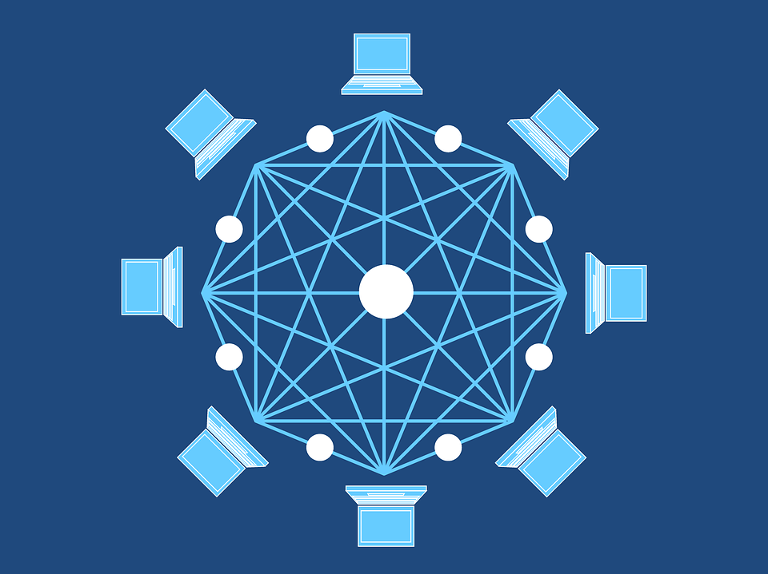
Distributed Ledger Technology
Since both blockchain and DLT are based on the same principles, DLT, as well as blockchain, are prone to simplify e.g. financial audits. The system does not allow for change unless a consensus is struck between the involved parties. In combination that a consensus is needed for changes, the state of the system is recorded at all times. These two factors mean that fraud is hard within a DLT-system. And even when changes occur, everyone in the system can see the change in real-time.
Systems based on DLT are also more secure than traditional, centralized systems. The secure nature of DLT comes from the distribution of the network. Meanwhile, the traditional systems have information stored in one specific location; this means that there is a single point of attack. Meanwhile, the decentralized systems created with DLT removes this problem since the data is distributed. This leads to a more secure system that is less prone and better protected against cyber attacks.
Public vs. Private
One of the great features of blockchain is the fact that they are public, but this is also one of the concerns regarding this technology. People are worried that if the information about transactions is public, how can they protect their data?
DLT, on the other hand, is generally not public, which might make this form of technology more useful in this sense. Since distributed ledger technology is private and controlled by a single entity, the need to worry about sensitive information leaking is not as great as for blockchain. But this might not be the whole truth.

Even though blockchains are public and that anyone can view them, it can still offer some privacy. It is not necessary to include every piece of information regarding a transaction in a blockchain. This can be done by only including the required minimum information and then excluding sensitive information and keeping it private. Furthermore, this is also possible in a private blockchain or DLT, when information needs to remain private.
Since the privacy of a blockchain can be just as effective as the privacy of a DLT, then why not only use blockchain? In some cases, it would be beneficial to use a DLT instead of a blockchain. Sometimes it is better for an organization if the ledger remains private and fully under their control. An example of this would be big banks. These want to remain in control over all their processes. If this is the case, then a private ledger could be much more beneficial.
DLT vs. Blockchain
A great benefit of distributed ledger technology is the fact that they offer shared but still centralized databases. This allows for excellent efficiency, which makes it possible to conduct a more significant number of transactions. Another effect of this is that many transactions can be performed in a short amount of time. A system like this can make thousands of transactions every second, which is generally more than many blockchain systems.

On the other side of the spectrum, we then find blockchain, which might not be as efficient as DLT. One great example is Bitcoin, the cryptocurrency is based on blockchain, and this technology struggles to even reach higher than seven transactions every second. And comparing this number to that of a DLT, we can see that there is a vast difference. All the transactions that are done on a blockchain also consume a large amount of electricity.
The speed and the vast number of transactions that DLT can process is probably the most significant benefit of the distributed ledger technology.
The Future of DLT and Blockchain
Blockchain technology and distributed ledger technology (DLT) are both topics that something that may dominate various aspects of businesses in the future. One of the industries that will experience effects from these technological advancements is that of the financial sector. Distributed ledger technology will be able to increase efficiency when it comes to regulatory compliances as well as compliance policies.

Banks have to deal with lots and lots of data, and this is under strict regulations. This is one area where DLT could really shine. I would mean that this technology can drastically lower the cost of these kinds of processes. According to a study done by Accenture, this technology will be able to bring down the cost for compliance by around 30-50% in just five years.
The financial institutes of today are spending resources and researching this kind of technology and trying to find a way where they can benefit from the implementation of DLT. There are also several developers that are trying to create platforms in which regular businesses can implement this technology.
When a financial transaction is being made in the current system, there is a necessity for intermediaries. This is a process that consumes a lot of time and resources. A DLT-system would be able to eliminate this problem since the increase in efficiency would be huge.
When a private transaction is performed, the process needs to be registered and executed by at least one bank. If you were to transfer money from yourself to a friend with a different bank, both your bank and your friend’s bank would need to be intermediaries. DLT would allow to skip the intermediaries and just conduct the transaction between two private individuals.
Those looking to learn more about DLT and blockchain should make sure to visit the go-to blockchain education platform, Ivan on Tech Academy, for various blockchain courses covering everything from Ethereum smart contract programming to a blockchain business masterclass.
